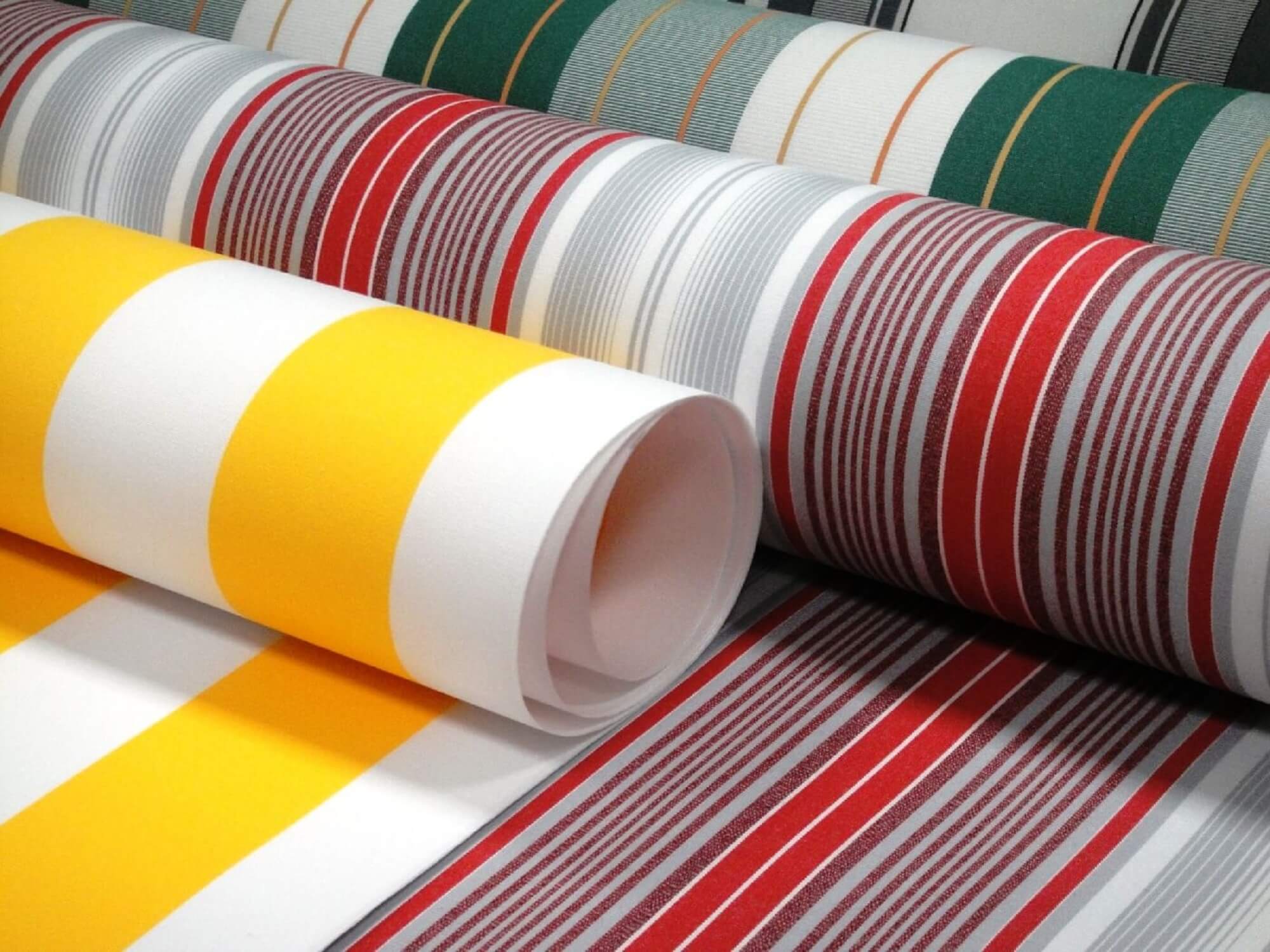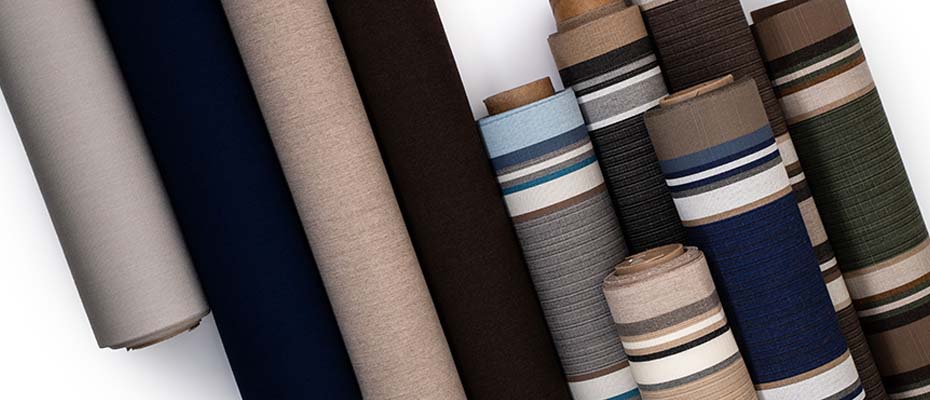Markisentuch: The Ultimate Guide to Choosing Awning Fabrics
Markisentuch, or awning fabric, plays a significant role in enhancing outdoor spaces while providing protection from the elements. This guide will take you through the essential aspects of choosing the right awning fabric, covering topics like material types, maintenance, and installation tips. Understanding these elements can help you make an informed decision that not only complements your home but also enhances its functionality.
Understanding the Types of Markisentuch Fabrics
The market offers various types of **markisentuch** fabrics, each with unique features and benefits. The two most predominant types in use today are acrylic and polyester fabrics. Acrylic fabric is renowned for its **durability** and **colorfastness**, allowing it to retain vibrant colors even after prolonged exposure to sunlight. Conversely, polyester is often more affordable but may not withstand UV rays as effectively as acrylic. Therefore, understanding these differences is crucial when selecting the appropriate fabric for your awning.
Acrylic Fabrics: Durability and Aesthetic Appeal
Acrylic fabrics for **markisentuch** are known for their excellent weather resistance and durability. They typically come with a waterproof backing and are often treated with a special solution that makes them resistant to mildew and rot. This provides an excellent outdoor solution that maintains its looks over time. For example, the Tempotest solution-dyed acrylic awning fabric is popular for its vibrant colors and outstanding weather resistance, making it an ideal choice for patios and balconies. Furthermore, the easy-to-clean nature of acrylic fabrics enhances their practicality, as they can usually be hosed down to remove dust and debris.

Polyester Fabrics: Affordability and Versatility
Polyester markisentuch offers a more budget-friendly option for homeowners looking to install awnings without breaking the bank. Though not as resistant to fading as acrylic, newer manufacturing techniques have greatly improved the **UV resistance** of polyester fabrics. Additionally, polyester can also come in various colors and patterns, making it a versatile choice. However, consumers should note that while polyester may not have the same lifespan as acrylic, it still makes for an attractive choice for shaded areas that don’t experience extreme weather conditions.
Maintenance Tips for Your Markisentuch
Proper maintenance can significantly extend the lifespan of your **markisentuch**. Regular cleaning is crucial, as dirt and grime can build up over time. Using a mild soap and water solution is usually sufficient for cleaning. Additionally, it is essential to avoid using abrasive materials, as they can damage the fabric. Depending on your climate and use, seasonal inspections can help catch any potential issues, such as fraying or mold, early on, thereby preventing costly repairs.
Cleaning Your Awning Fabric
When cleaning your markisentuch, you’ll want to start by removing any loose debris like leaves and branches. Next, mix a solution of mild detergent and warm water. Use a soft brush or sponge to gently scrub the fabric, focusing on areas with stains. Rinse thoroughly with clean water to ensure no soap is left behind, which can attract dirt over time. After cleaning, it’s also advisable to air dry the awning completely before retracting it. If your fabric has stubborn stains, professionals often recommend seeking specialized cleaners that won’t harm the fabric.
Pre-Winter Preparation
As winter approaches, it’s vital to prepare your awning fabric to withstand colder temperatures. Start by retracting the awning to prevent snowfall accumulation. If it’s a permanent fixture, ensure that the drainage systems are clear and functioning well to avoid water buildup, which can lead to sagging. Consider applying a protective coating specifically designed for your type of fabric, enhancing its resistance to moisture and preventing wear and tear from ice and snow.
Choosing the Right Color and Pattern for Your Awning
The aesthetic appeal of your **markisentuch** contributes significantly to your property’s overall look. When choosing colors and patterns, consider the architectural style of your home, as well as the surrounding landscape. Light colors reflect sunlight and keep your space cooler, while darker colors can absorb heat but also provide a sophisticated look. Stripes and patterns can add visual interest, breaking the monotony of solid colors, making your awning a focal point rather than an accessory.
Color Psychology in Outdoor Fabrics
The color of your awning fabric can impact your overall mood and the ambiance of your outdoor settings. Cool colors like blues and greens tend to create tranquil atmospheres, while warmer colors like reds and yellows foster feelings of warmth and energy. For instance, a bright yellow markisentuch not only adds vitality to your patio but can also enhance your mood. When making a choice, think about how your fabric color will coexist with your home’s color scheme and outdoor furnishings.
Integrating Patterns with Surrounding Decor
Integrating your markisentuch design with your existing decor can be advantageous. If you have patterned outdoor furniture, solid fabric can create a balanced look. Conversely, if your furniture is predominantly solid, a lively pattern can add character to your space. For example, you might opt for a bold striped awning fabric that complements your garden’s flowers, creating an inviting atmosphere. Ultimately, the key is to ensure the fabrics and colors harmonize well with your outdoor aesthetic.
Conclusion: Making Your Choice with Confidence
Choosing the right **markisentuch** involves multiple considerations, from fabric type and maintenance to aesthetic preferences. Armed with the knowledge of your options—from durable acrylic to budget-friendly polyester—and thorough cleaning and preparation routines, you’ll be able to make a confident decision for your outdoor space. Keep in mind your design vision, as well as practical maintenance tips, to ensure you select an awning fabric that serves you well for years to come.
Key Takeaways
- Acrylic and polyester are the two main types of markisentuch available, each with distinct features.
- Regular maintenance, including cleaning and seasonal prep, greatly extends the lifespan of awning fabrics.
- Color and pattern choices should enhance mood and harmonize with surrounding decor.
- Invest in quality fabrics to ensure durability and long-term satisfaction.
FAQ
1. What are the best materials for markisentuch?
The best materials for **markisentuch** are typically acrylic and polyester. Acrylic materials offer enhanced durability and color retention, whilst polyester provides a more budget-friendly option. Depending on your budget and requirements, either can be suitable for different climates and uses.
2. How often should I clean my awning fabric?
You should aim to clean your **markisentuch** at least once or twice a year, more frequently if you live in areas with heavy pollen or dust. Regular cleaning helps maintain its appearance and prevents dirt buildup, which can lead to premature wear.
3. Can I use bleach on my acrylic awning fabric?
It is not advisable to use bleach on your **markisentuch**, especially acrylic fabrics, as it can fade the colors and damage the fibers. It’s best to stick with a mild detergent and water solution for effective and safe cleaning.
4. What is the lifespan of awning fabric?
The lifespan of **markisentuch** varies based on material and exposure, but generally, high-quality acrylic fabrics can last between 10 to 15 years, whereas polyester might range from 5 to 10 years depending on environmental exposure and maintenance.
5. How do I prevent mold on my awning fabric?
To prevent mold on your **markisentuch**, ensure it is kept clean and dry. Regular cleaning and retraction during rainy or humid weather help prevent moisture buildup. Opting for moisture-resistant fabrics can also be beneficial.
